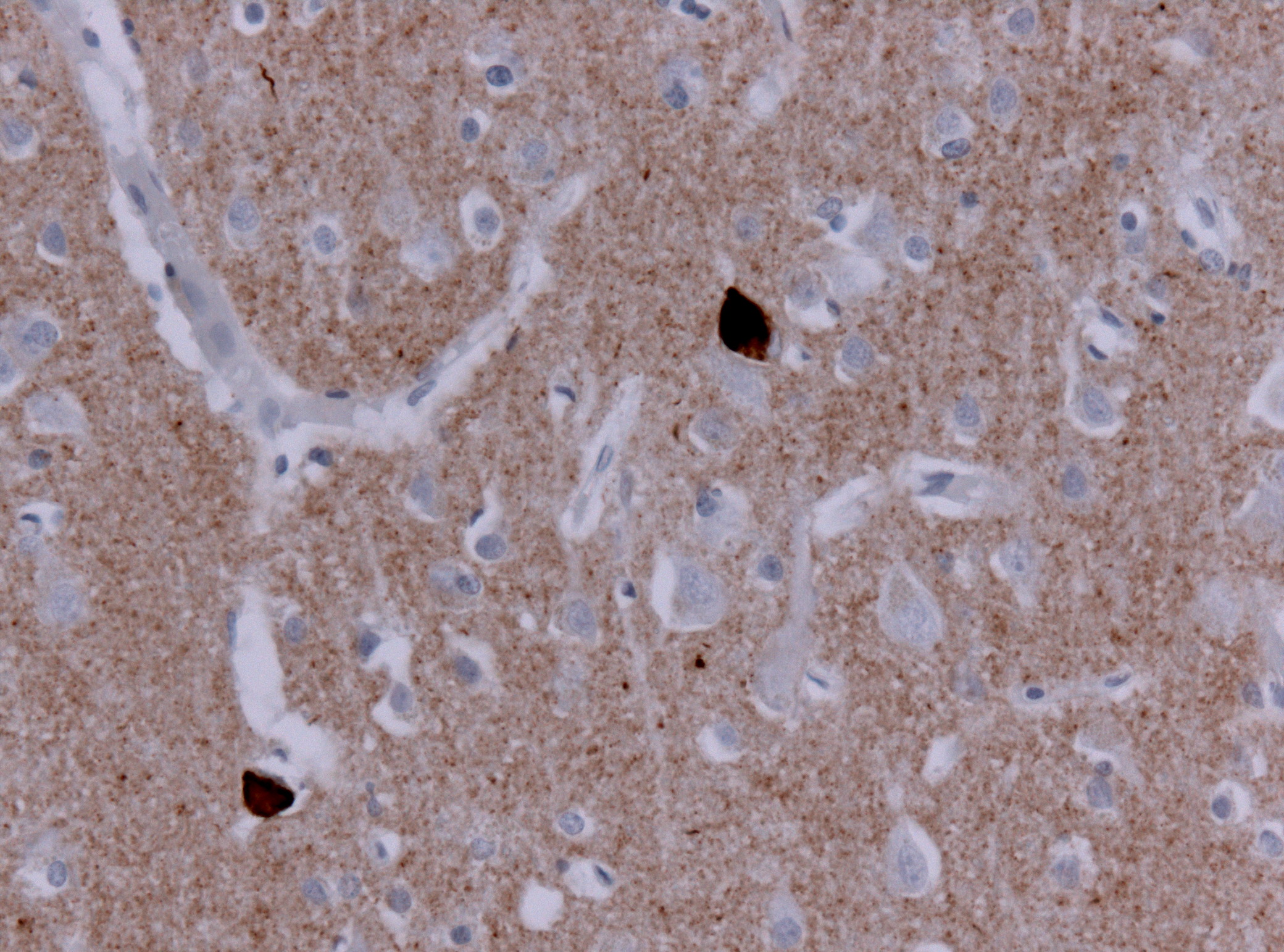Air pollution doesn’t just affect your lungs; it could also be accelerating memory loss. The latest research has found that breathing in polluted air can increase the risk of developing a specific type of dementia.
The rest of this article is behind a paywall. Please sign in or subscribe to access the full content.
A massive study analyzing data from over 56 million people and laboratory experiments conducted on mice has uncovered that long term exposure to PM2.5 (fine particulate air pollution with diameters smaller than 2.5 micrometers) increases the risk of developing Lewy body dementia and Parkinson’s disease dementia.
Researchers assessed nationwide US hospital admissions data spanning 2000 to 2014, covering individuals aged 65 and older. They focused on individuals with Lewy body dementia or Parkinson’s disease with or without dementia and discovered that those living in areas with higher levels of PM2.5 pollution had a noticeably higher relative risk of severe dementia associated with Lewy bodies. Specifically, air pollution exposure was linked to a 12 percent increased risk of hospitalization for this type of dementia.
Lewy body dementia and Parkinson’s disease with dementia arise from the build-up of α-synuclein (a protein that helps neurons communicate by managing chemical messengers) clumping into toxic Lewy bodies inside brain nerve cells, leading to their malfunctioning and death. While air pollution doesn’t seem to directly cause dementia, results show that it can accelerate its progression in individuals genetically predisposed to the condition.

Immunostaining of α-synuclein in patient with Lewy Body dementia.
To understand why this happens, the team also conducted experiments on mice. To stimulate long term human exposure, mice were exposed to PM2.5 particles through their nostrils. The results? Mice showed memory and cognitive problems, tested through maze explorations and object recognition. Brain scan revealed shrinkage of the medial temporal lobe (one of the brain areas for memory), and large clumps of α-synuclein proteins were present in the brain, lungs, and guts.
In their next step, the researchers compared the gene expression changes caused by the PM2.5 particles in mice and compared them to patients with Lewy body dementia. Focusing on the anterior cingulate cortex (a brain region linked to memory and thinking problems in dementia), the genetic analysis showed that mice exposed to PM2.5 had changes in gene expression similar to those found in humans with Lewy body dementia or Parkinson’s disease dementia, but not in Parkinson’s without dementia. This suggests that PM2.5 exposure interacts with genetic predisposition, creating the perfect storm for neurodegenerative disease.
“The results in mice reflect what occurs in humans,” Hui Chen, clinical neuroscientist, University of Technology Sydney, Australia, told Nature News.
The mechanism itself (protein clumping, brain inflammation, gene changes) isn’t new, but adding air pollution to the picture shines a spotlight on a powerful environmental risk factor we barely think about. It also highlights the need to reduce air pollution and lower the burden of neurological diseases linked to pollution exposure.
The study authors have acknowledged the limitations of high-dose exposure in mice in a short period of time, which is different to the low, continuous exposure that people experience. But the researchers aren’t stopping here. They’re already planning follow-up studies that will use models better reflecting real-world pollution exposure to get a clearer picture of how air pollution affects the brain, and figure out whether specific types of PM2.5 molecules are the real culprits behind Lewy body dementia.
This study is published in Science.
Source Link: Tiny 2.5-Micrometer Particles Of Air Pollutants Can Promote Certain Types Of Dementia